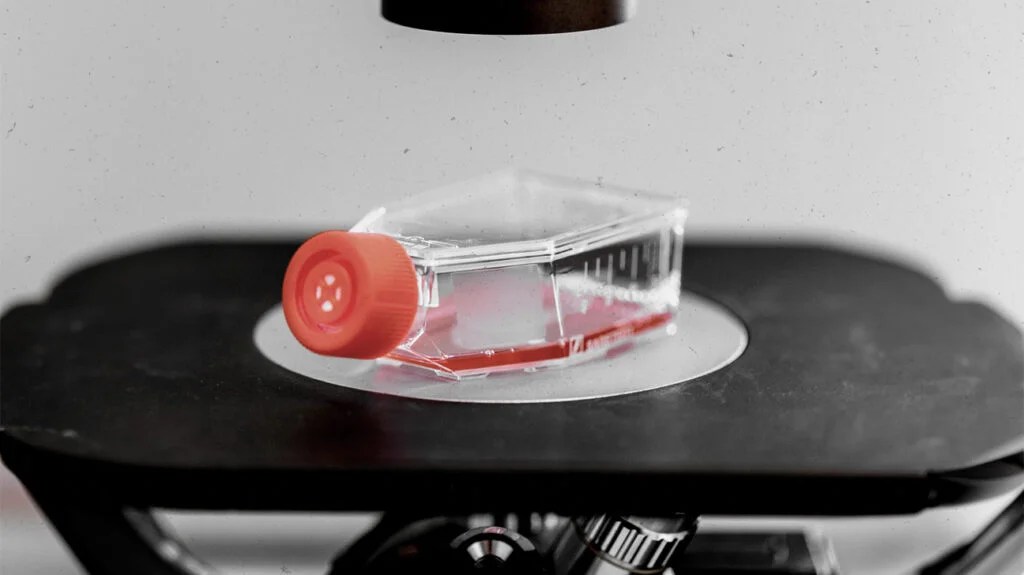
- Alzheimer’s disease, a neurodegenerative condition that causes memory impairment, was the focus of a new study published by Swedish researchers.
- The researchers designed a two-step disease detection process that may aid in reducing unnecessary invasive testing related to Alzheimer’s disease.
- The researchers believe this process could improve diagnostic accuracy and reduce healthcare system costs.
Researchers from the University of Gothenburg in Sweden recently collaborated with researchers in Canada in efforts to improve testing for Alzheimer’s disease.
According to the Alzheimer’s Association, Alzheimer’s, the most common form of dementia, affects approximately 10% of people over the age of 65 in the United States.
As the number of people with Alzheimer’s continues to grow, it is imperative that researchers find ways to detect the disease sooner and begin interventions to slow disease progression.
One test available that can aid in the diagnostic process for Alzheimer’s disease is the p-tau217 biomarker blood screen. This checks for a buildup of the amyloid protein, which can cause organ damage.
A drawback to current p-tau217 screening is that it can result in a lot of false negatives or positives and lead to unnecessary invasive testing. For this reason, the researchers in the new study wanted to find a way to improve these results.
First, the researchers combined testing p-tau217 with other risk factors in people with mild cognitive impairment to determine their risk for developing Alzheimer’s disease.
Next, they performed a cerebrospinal fluid biomarker test on people they determined had an uncertain risk outcome.
This two-step process resulted in an improvement in the number of false negatives or positives, the researchers report in their study paper, published in
The research analyzed data from 348 participants with mild cognitive impairment, collected via the BioFINDER studies on memory. Some criteria the participants had to meet for both BioFINDER studies include:
- medical referral for memory issues
- no dementia diagnosis
- mini-mental state examination (MMSE) score of 24–30 points.
If any would-be participants reported substance abuse, refused neuropsychological testing, or had neurological issues explained by something other than Alzheimer’s disease, they were excluded from both BioFINDER studies.
The participants also had to agree to undergo neuropsychological assessments and have a lumbar puncture.
For the present study, the researchers focused on participants who had information available about the plasma p-tau217 biomarker, which is connected with the development of Alzheimer’s, cerebrospinal fluid testing, and APOE e4 data, which is
For the first aspect of the two-step workflow, the researchers used age and the information from the biomarker data on plasma p-tau217 and APOE e4 status to assess the risk of amyloid PET positivity in patients with mild cognitive impairment. The buildup of amyloid on PET scans indicates an increased risk for Alzheimer’s.
The researchers next placed the participants into low, intermediate, or high-risk groups. They also tested the sensitivity levels of these groups.
For the second aspect of the two-step workflow, the researchers checked the
They believed focusing on this group – whose risk was more uncertain – was best in terms of improving the diagnostic model and reducing inaccurate diagnoses.
The scientists tested people at different threshold sensitives to see what the difference in false positives or negatives was, depending on the sensitivities used in grouping people.
When using more stringent screening, the authors said the results had higher accuracy but also increased the number of people in the intermediate-risk group who needed invasive testing.
Depending on the sensitivity of the testing (lenient, moderate, or stringent), they saw 88.2%, 90.5%, and 92.0% accuracy for amyloid PET positivity.
The number of cerebrospinal fluid tests needed decreased by 85.9%, 72.7%, and 61.2%.
“These results indicate that this workflow might substantially reduce the number of patients who need advanced testing using [cerebrospinal fluid] biomarkers or PET scans while maintaining a high overall classification accuracy,” the authors note in their paper.
Overall, the screening was highly accurate at identifying people who were at high risk for developing Alzheimer’s disease. If further research proves that this method is effective, it would overall result in a reduction of unnecessary invasive tests on people who are already at a high risk for the disease.
Since the intermediate-risk group was a smaller portion of the participants at the moderate sensitivity threshold, this showed the benefit of focusing resources on this group.
One caveat to the study results is that some of the study authors declared receiving funding and speaking fees from various pharmaceutical companies.
Dr. Clifford Segil, a neurologist at Providence Saint John’s Health Center in Santa Monica, CA, not involved in this study, spoke with Medical News Today about the Alzheimer’s testing and highlighted the conflicts of interest on behalf of the researchers.
“The competing interests section of this paper makes its conclusion suspect for being a marketing tool for pharmaceutical companies disguised as a research paper,” commented Dr. Segil. “The diagnosis of dementia is not based on any blood test or brain scan and needs a neurologist to determine the diagnosis.”
Dr. Segil referred to the fact that some of the study authors acknowledged receiving funding from pharmaceutical companies including Biogen, Eli Lilly, Eisai, Pfizer, and Roche.
He also emphasized how different Alzheimer’s disease is from other diseases and why a blood test might not provide the best diagnostic results.
“In medicine, a medical condition like diabetes can be diagnosed with a blood test which looks at a blood sugar level and thyroid disease can be diagnosed with a blood test which looks at thyroid blood levels,” Dr. Segil noted, but, in his opinion, “[d]ementia requires more than a blood test to be abnormal to make a correct diagnosis.”
Dr. David Merrill, a geriatric psychiatrist and director of the Pacific Neuroscience Institute’s Pacific Brain Health Center in Santa Monica, CA, not involved in the research also spoke with MNT about this study.
After noting that “the only
“Even in living patients, the options available until recently have been relatively invasive — [cerebrospinal fluid] spinal tap or brain PET scan involving radioactive isotopes. Both [cerebrospinal fluid] and PET testing involve specialty diagnostic centers, so availability is limited and costs are higher. A simple blood test can be disseminated widely, only involves the minimal risk of a typical blood draw, and is less costly.“
– Dr. David Merrill
